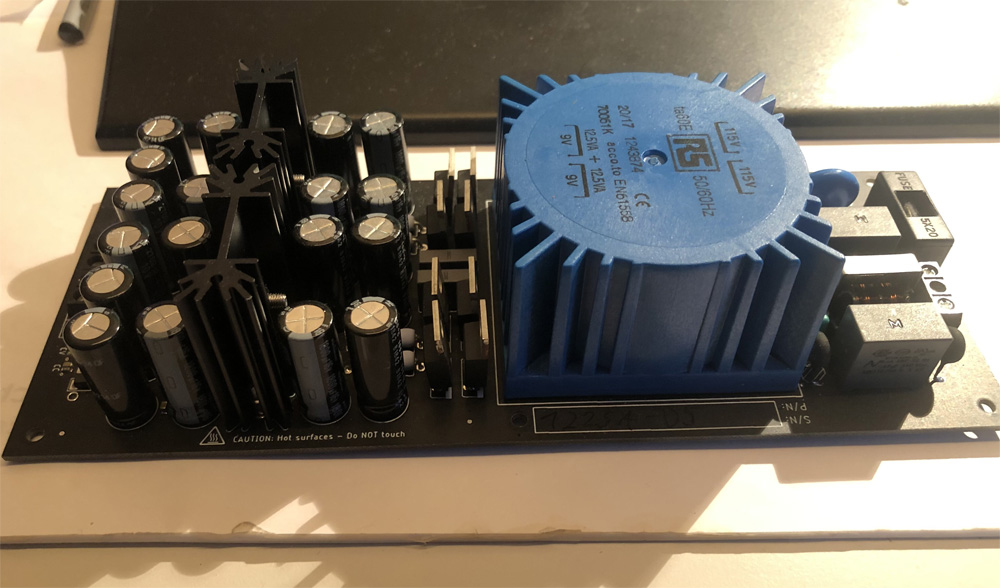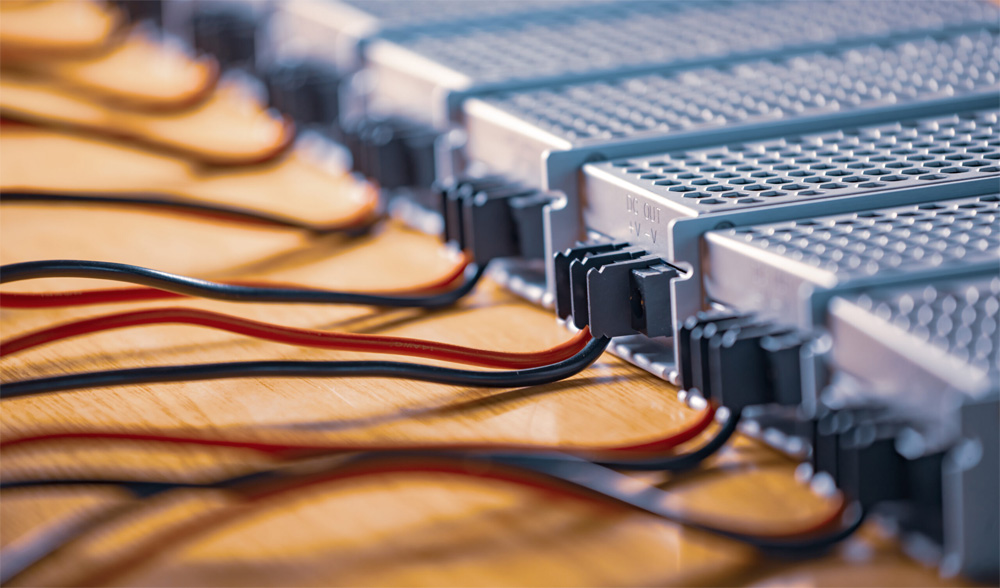Linear Power Supply
Linear power supplies prioritize low noise and are often perceived as quiet due to the absence of high-frequency switching. They find application in scenarios demanding superior regulation, minimal ripple, low electromagnetic emissions, and exceptional transient response. These power supplies solely reduce an input voltage to generate a lower output voltage.

Typically, a large transformer in a linear power supply decreases AC line voltage to a significantly lower AC voltage, followed by rectifier circuitry and filtering processes to produce a highly clean DC voltage. However, their drawbacks include bulkiness, weight, and relatively low efficiency.
Instances where a linear power supply might be necessary encompass communication equipment, medical devices, low-noise amplifiers, signal processing tools, data acquisition systems (such as sensors, multiplexers, A/D converters, sample & hold circuits, automatic test equipment), laboratory testing apparatus, control circuits, and computer and industrial applications.
Switching Power Supply
Switching power supplies are engineered for high efficiency and compactness, integrating a switching regulator to adeptly convert electrical power. Employing pulse width modulation (PWM), these supplies regulate output voltage, utilizing various topologies like buck, boost, forward converter, half-bridge rectifier, or flyback, tailored to the specific output power needs.
Although PWM introduces some high-frequency noise, it enables the creation of switching power supplies with exceptional power efficiency and a smaller size. These supplies, through effective design, showcase impressive load and line regulation, allowing for either stepping up or stepping down input voltage to achieve the desired output.

Compared to linear regulators, switching power supplies excel in efficiency as their switching transistors dissipate minimal power while acting as switches. However, this switching operation can generate noise, mitigated through adequate filtering.
For equipment intended for international use, switching technology offers adaptability across various global grids, whereas a linear power supply necessitates manual adjustments to function with foreign grids. Other applications favoring switching power supplies include general-purpose usage in research and development, manufacturing, and testing environments, high-power/high-current applications, select communication systems, mobile stations, certain network equipment, electroplating, anodizing, electroforming, electrophoresis, electrolysis, waste treatment, hydrogen generators, fuel cell applications, DC motors, aviation, and marine applications aboard ships and boats.
| Linear Power Supply | Switching Power Supply | |
| How It Works | A transformer decreases the AC input to produce clean DC voltage. | Utilizes pulse width modulation (PWM) for efficient output voltage regulation. |
| Pros | · Quiet · Great for lower power output | · High efficiency · Flexible applications · Compact Size |
| Cons | · Larger, heavier size · Low efficiency | · High frequency noise |
| Common Applications | · Communication · Medical · Laboratory | · Manufacturing · Mobile stations · Aviation · Shipboard |
Conclusion
In modern electronics, the preference often leans toward switching power supplies owing to their cost-effectiveness, compact size, and efficiency. The choice between a linear or switching power supply hinges on the specific application and the comprehensive needs of the system. Throughout the years, Power1986 has specialized in designing and manufacturing both types of power supplies, catering to diverse requirements. For insights into how we can align with your specifications, reach out to Power1986 today.
